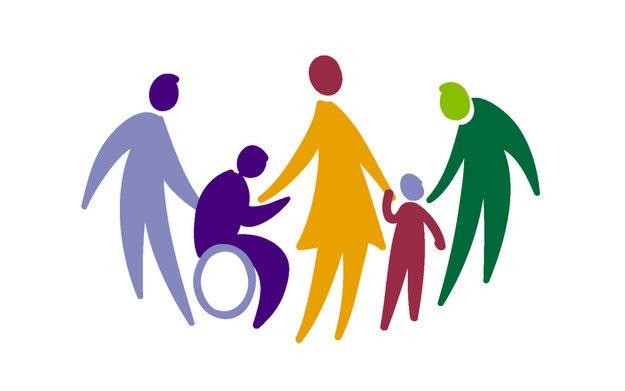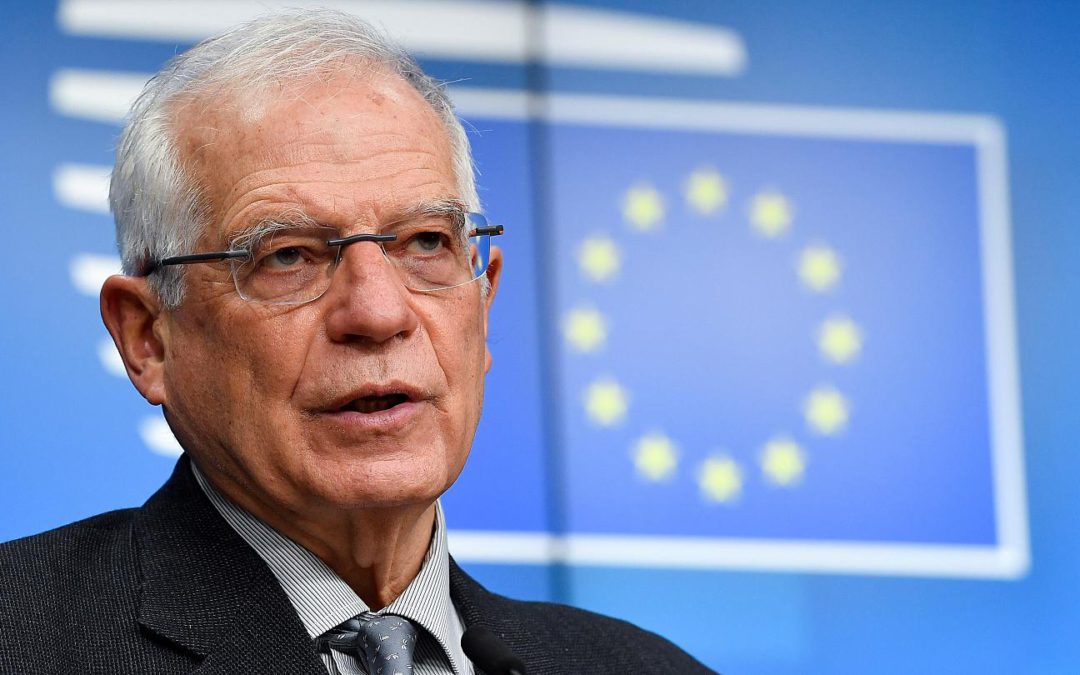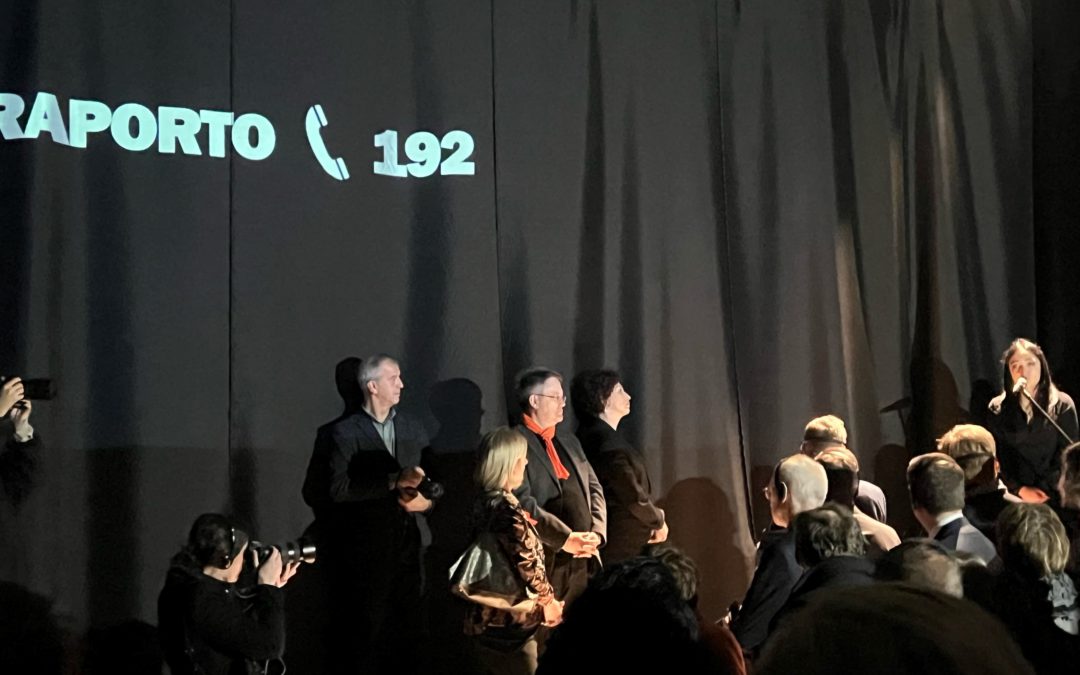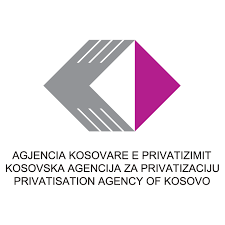Malësor Malaj, from Istog, who was in a car accident three years ago and has been in a wheelchair since, complains that he can’t go to have a cup of coffee in the city without someone’s help.
Referring to the poor conditions of the municipality that make it difficult for people with disabilities to get around, Maraj says: “First of all, I live on the fourth floor, and there is no elevator… Secondly, no sidewalk is accessible for me. Except for Butrint, I can’t go to any other store or café.”
The situation is similar in the capital Prishtina, where buildings are mostly inaccessible for people with disabilities, despite the Law of Construction and Administrative Instruction that widens accessibility and requires adaptation of buildings, roads and the environment.
According to “Prishtina for Everyone”, a research project done by the Association of Paraplegics and Paralyzed Children of Kosova, or HANDIKOS, none of the 195 buildings and public services that were included in the research came out as completely accessible.
The legal advisor at HANDIKOS, Osman Shatri, says that these buildings always lacked something.
Shatri says: “For example, there are cases where people with disabilities can easily access a building, they can even get to the upper floors, but they don’t have accessible toilets. There are public institutions that offer administrative services but their counters are high and not accessible. The places that have bathrooms for people with disabilities, keep them locked as storage rooms for hygienic products.”
According to Afrim Maliqi, director of HANDIKOS, the municipalities don’t consider the mobility of people with disabilities as a priority.
Due to the criticism the municipality received, last year Mayor Shpend Ahmeti and the Director of Public Administration Muhedin Nushi, in the presence of delegates from seven associations for people with disabilities, inaugurated a ramp and elevator that gives people with disabilities access to every floor of the Municipality of Prishtina.
According to Prishtina municipality spokesman Adonis Tahiri, Prishtina’s new buses are also accessible to people with disabilities.
He says: “They are lower and come to the height of the pavement, and the door in the middle has a wheelchair ramp.”
Maliqi from HANDIKOS recognizes that there have been some improvements in the sidewalks of Prishtina these past few years.
He says: “…in fact these improvements have started years ago, but only on the main roads in the city center, but not on outskirt roads. There are handicapped people in the outskirts of the city, in suburbs and everywhere.”
The director of HANDIKOS recounts how the main difficulty these people encounter are the obstacles on sidewalks, in public buildings like schools, centers for medical care, institutional buildings, banks, different businesses, shops, restaurants, bars, and cafes, as well as in small kiosks that are not accessible to people with disabilities.
Maliqi emphasizes that the main problem is the fact that most of the companies or constructors don’t meet the criteria to properly fix these buildings and make them accessible.
He says: “When they apply for building permits at the Directorate for Urbanism, the constructors say that they will fulfill the criteria, but they don’t. Additionally, the municipality does not inspect these buildings, and after they are built they aren’t monitored, and there is no penalty for the constructors who don’t meet the criteria.”
The legal advisor at HANDIKOS says that the administrative instruction also requires the constructors of the older buildings– those without access for handicapped people– to fix the building’s accessibility problems.
Shatri emphasizes: “In every place where there is a requirement, there should be a penalty if you don’t fulfill it, even though it is not included in the instruction. We are working now so that next year we can ask the government to make the administrative instruction a law that will help the mobility of people with disabilities, and will include a penalty if the requirements are not met.”
Another obstacle that Maliqi mentions is the lack of public parking spaces.
He says: “There are no public parking spaces, or there are maybe some that do not meet the standards. In this aspect Prishtina is now the worst from all the municipalities because even the ones that were available were removed and no measures have been taken to rectify this matter.”
According to World Health Organization, the percentage of handicapped people of whatever nature or kind, may reach up to 15% of the general population.
In the municipality of Prishtina, according to the most recent population census, there are 20,000 to 30,000 people with different disabilities that face different obstacles trying to be part of the social life.
Within the framework of HANDIKOS alone, in the municipality of Prishtina, 2,600 handicapped people of different ages, genders and ethnicities have been registered. In the remainder of Kosovo, 18,000 people have been registered at HANDIKOS.
Gentiana Maxharraj








